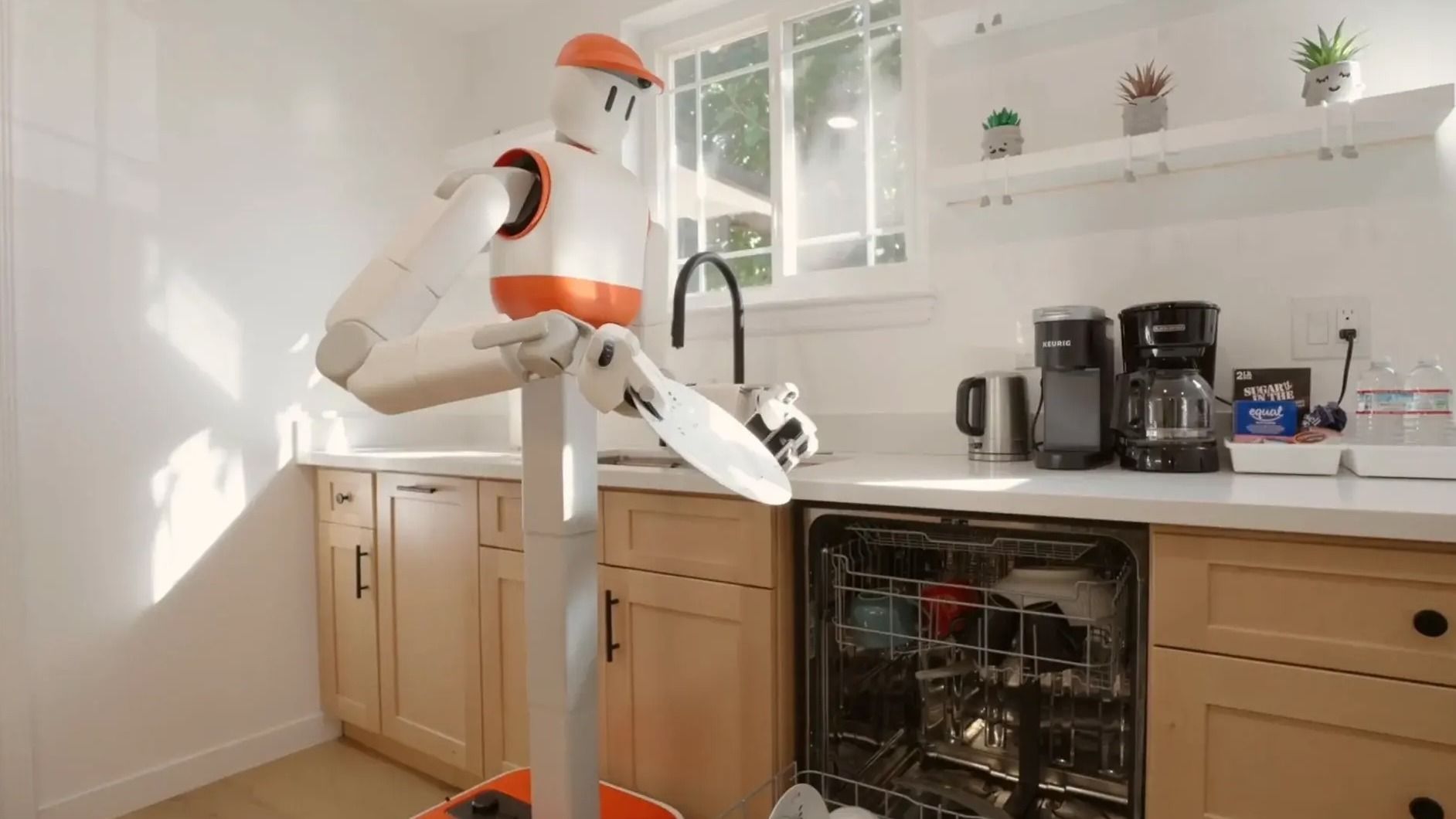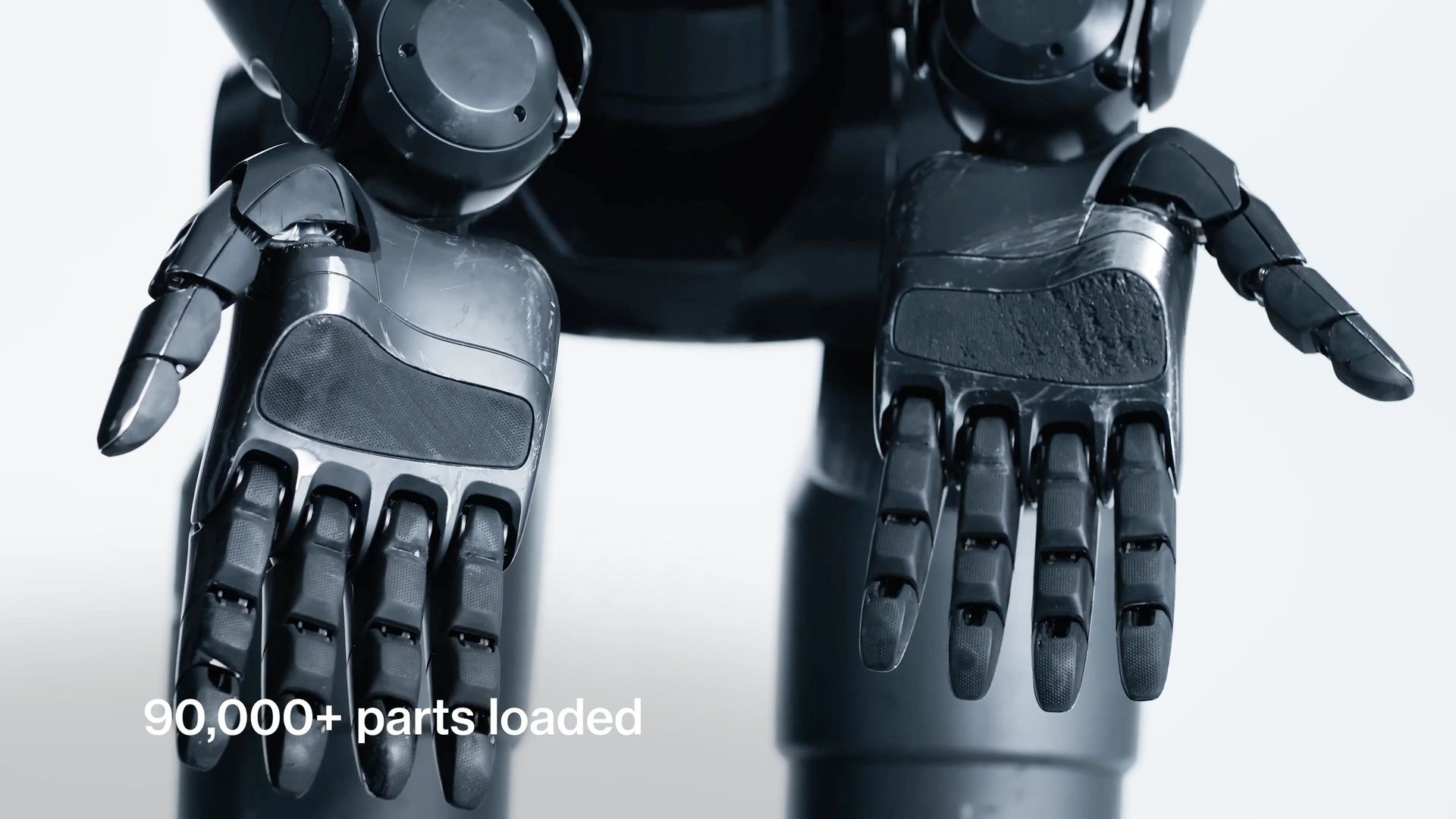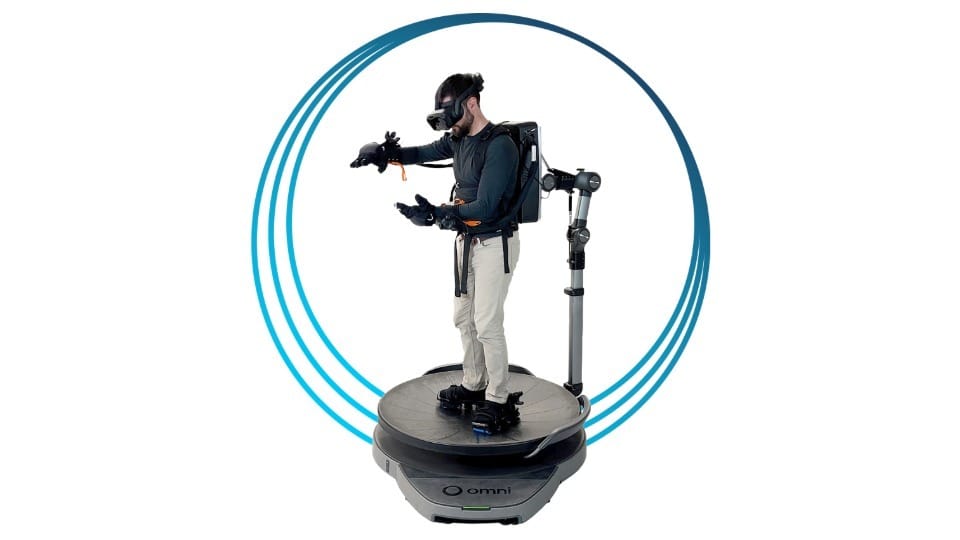- The Rundown Robotics
- Posts
- Sunday's new humanoid can do your dishes
Sunday's new humanoid can do your dishes
PLUS: Germany's Agile jumps into the humanoid game
Good morning, robotics enthusiasts. California’s Sunday Robotics just slipped out of stealth with Memo, a dish-scrubbing, table-clearing humanoid, mere days after Tangible Robots unveiled its rival, Eggie.
The home-humanoid space is filling up fast, but can these smaller startups really outrun Tesla, Figure, and 1X — or is the LLM hypetrain just shifting over to humanoids?
Reminder: Our next live workshop, ‘The Human-First Agentic Content Workflow,’ is today at 4 PM EST. Join and learn how to use n8n to automate content while keeping human judgment involved for accurate and strong outputs. RSVP here.
In today’s robotics rundown:
Sunday’s new home humanoid ‘Memo’
Germany’s Agile debuts first industrial humanoid
Figure retires its battle-worn F.02 from BMW
1HMX unveils full-body robot control kit
Quick hits on other robotics news
LATEST DEVELOPMENTS
SUNDAY ROBOTICS

Image source: Sunday Robotics
The Rundown: Fresh out of stealth, Sunday Robotics just unveiled its wheeled humanoid, Memo. The Mountain View startup is pitching it as a 24/7 helper that cleans tables, handles delicate glassware, scoops trash, and tackles dishes.
The details:
Co-founded by former Google DeepMind/Tesla engineer Tony Zhao, the startup says that Memo will enter beta testing in late 2026.
The robot rides a stable wheeled base, stands 1.7 meters tall at 170 pounds, and runs for about four hours per charge.
Sunday says it has shipped over 2K Skill Capture Gloves to Memory Developers worldwide who train Memo’s onboard AI by recording human motion data.
Memo debuted as a one-armed prototype in 2024 that could only arrange shoes, but now trains multiple skills in parallel, adding new capabilities monthly.
Why it matters: Sunday Robotics is diving into the growing U.S. home-robotics race alongside San Francisco upstart Tangible Robots, fresh off launching its humanoid Eggie. Both are building their own hardware-software stacks from scratch, even as they square up against deep-pocketed giants like Tesla, 1X, and Figure.
AGILE ROBOTS

Image source: Agile Robots
The Rundown: Agile Robots, a German automation heavyweight with thousands of deployments, just jumped into the humanoid race with Agile ONE, built to work shoulder‑to‑shoulder with people on the factory floor.
The details:
The company pitches Agile ONE as a shop‑floor teammate that soaks up grueling, repetitive tasks so humans can focus on judgment and creativity.
The system leans on intuitive human‑robot interaction, highly dexterous hands, and an AI stack trained on real industrial data.
Full production is slated to begin in Bavaria in early 2026, with manufacturing kept in‑house for tighter control over quality and integration.
The company was founded by experts from the German Aerospace Center (DLR), the same pedigree as rival Neura Robotics.
Why it matters: Agile Robots has deployed over 20K automation systems, primarily in automotive and consumer electronics — bringing factory integration experience and an established customer base. But the real value isn't just a standalone humanoid but an entire system that works alongside their existing robotic arms, AMRs, and AGVs.
FIGURE

Image source: Figure / X
The Rundown: Figure AI is retiring its F.02 humanoids after an 11‑month grind on BMW’s Spartanburg line, where the bots ran 10‑hour shifts, loaded more than 90K sheet‑metal parts, and contributed to over 30K X3s rolling off the line.
The details:
The robots’ core task was sheet‑metal pick‑and‑place into welding fixtures alongside existing industrial robots to ease high‑strain work for humans.
Figure says the “battle‑scarred” units return to HQ, so real‑world reliability data feeds Figure 03 upgrades in durability, integration, and uptime.
Real factory stats — 1,250+ hours, 200+ walking miles, and 90K+ parts — show humanoids can shoulder repeatable, time‑boxed work on active lines.
BMW notes there are currently no Figure robots in Spartanburg and no set timetable for redeployment, though joint data integration work continues.
Why it matters: Figure pushed back against earlier skeptics, sharing videos of scratches and scars on its humanoids from months of rigorous factory work. The company also flagged hardware failures — forearms buckling, microcontrollers, and wiring stressed to failure — as lessons now baked into Figure 03’s design.
1HMX

Image source: 1HMX
The Rundown: Idaho’s 1HMX is rolling out Nexus NX1, a full‑body control kit that it says fuses high‑fidelity haptics, natural locomotion, and whole‑body tracking to supercharge training and teleop for humanoids, embodied AI, and VR.
The details:
The turnkey rig bundles HaptX Gloves G1 for lifelike tactile feedback, Freeaim motorized shoes for natural gait‑in‑place, and a Virtuix Omni One treadmill.
The system captures 72 degrees of freedom with sub-mm precision, tracking skeletal models and tactile pressure across hundreds of finger and palm points.
Think Ready Player One immersion with Real Steel‑style teleop for robots and high‑fidelity VR training in one box; price will likely be in the tens of thousands.
Shipments are targeted for Q2 2026, pushing the package from demo-ready versions to deployable kits.
Why it matters: 1HMX is pitching a unified SDK and enterprise rollout across manufacturing, defense, medical, and research so teams can plug it straight into robotics and VR stacks. For builders, the hook is cleaner teleop, faster skill learning, and more convincing demos without juggling mismatched peripherals.
QUICK HITS
Vietnam’s VinMotion, Vingroup’s robotics arm, is opening offices in California and hiring AI experts to speed development of its next‑gen industrial humanoid.
Disney and university researchers built a system that teaches bipedal robots to turn stumbles into controlled, low‑impact landings by picking a protective pose mid‑fall.
HSBC and Goldman say an irreversible robotaxi surge could sideline 7.5M ride‑hail drivers in China and squeeze millions more couriers and truckers with no security net.
South Korea’s Bone AI raised a $12M seed round to build a “physical AI” platform spanning autonomous air, ground, and marine defense robots.
Amazon‑owned Zoox is beginning to let the public ride its steering‑wheel‑free robotaxis in San Francisco, shifting beyond employee-only testing.
Tesla received a permit to operate a ride-hailing service in Arizona, with more permits pending, as it aims to launch a robotaxi service in Phoenix before the end of 2026.
Waymo is rolling out fully driverless operations for its employees in Miami, Dallas, Houston, San Antonio, and Orlando ahead of opening rides to the public next year.
Honor’s Robot Phone — a handset with a flip‑out camera arm — has jumped from CGI to prototype hardware shown at the Honor User Carnival in China.
A Russian‑built humanoid introduced itself to Putin at a tech expo and then danced to its favorite track, aired on state TV days after another Russian humanoid fell onstage.
Elon Musk said at the U.S.–Saudi Investment Forum that advances in AI and robotics will make work optional and render money largely irrelevant.
European researchers tested robots in volcanic caves to 3D-map a lava tube, deploy a sensor payload, and simulate how future missions could scout lunar shelters.
Dutch robotics firm Tegram analyzed autonomous robots to find the most advanced systems based on 5 performance factors, ranking Neo, Apollo, and Atlas at the top.
COMMUNITY
Read our last AI newsletter: OpenAI pushes Codex to the Max
Read our last Tech newsletter: Apple’s next CEO is already waiting
Read our last Robotics newsletter: UBTech’s army of humanoid workers
Today’s AI tool guide: Use Gemini 3 to build powerful simulations
RSVP to next workshop today @4 PM EST: The Human-First Agentic Content Workflow
That's it for today!Before you go we'd love to know what you thought of today's newsletter to help us improve The Rundown experience for you. |
See you soon,
Rowan, Jennifer, and Joey—The Rundown’s editorial team
